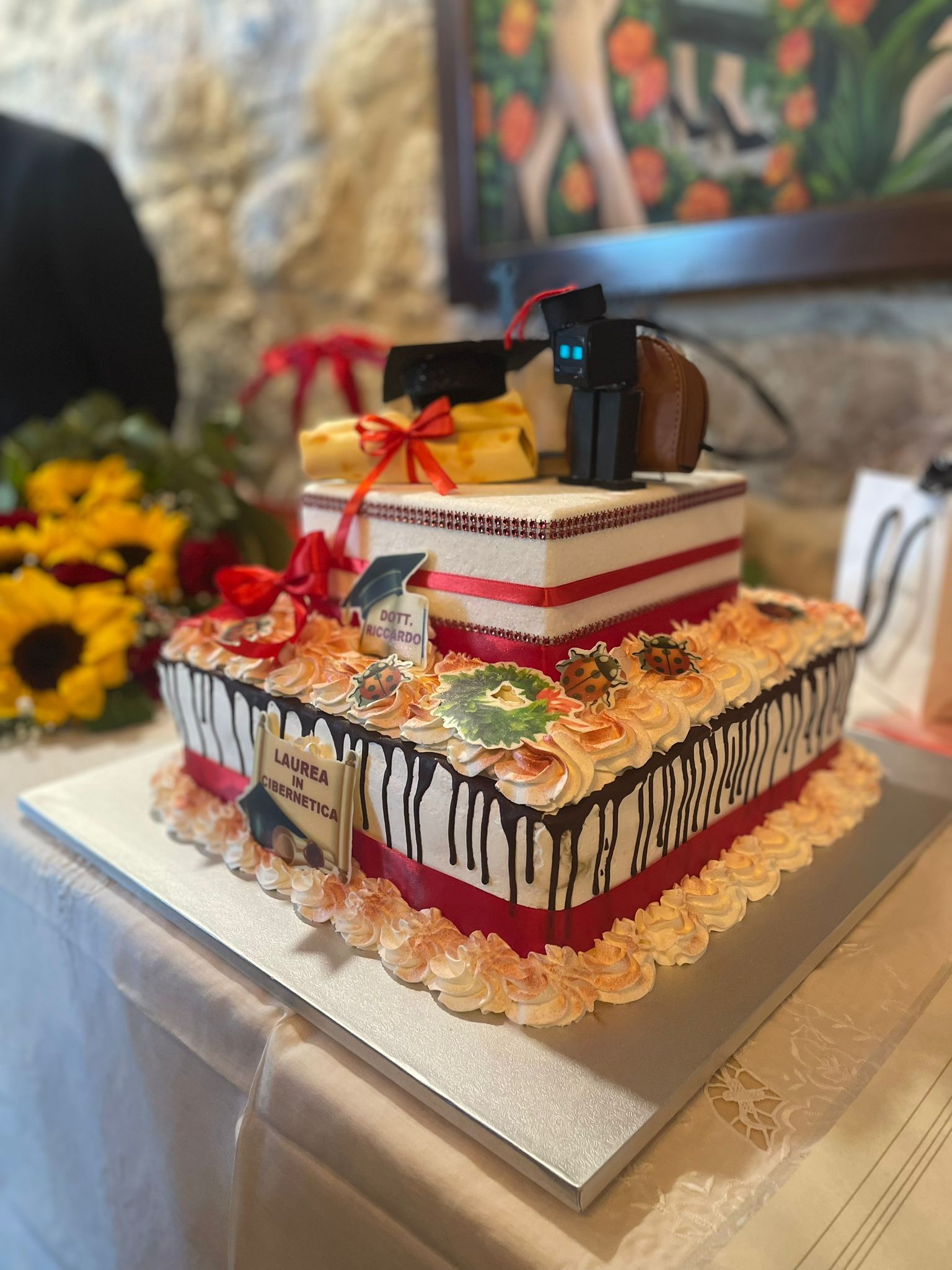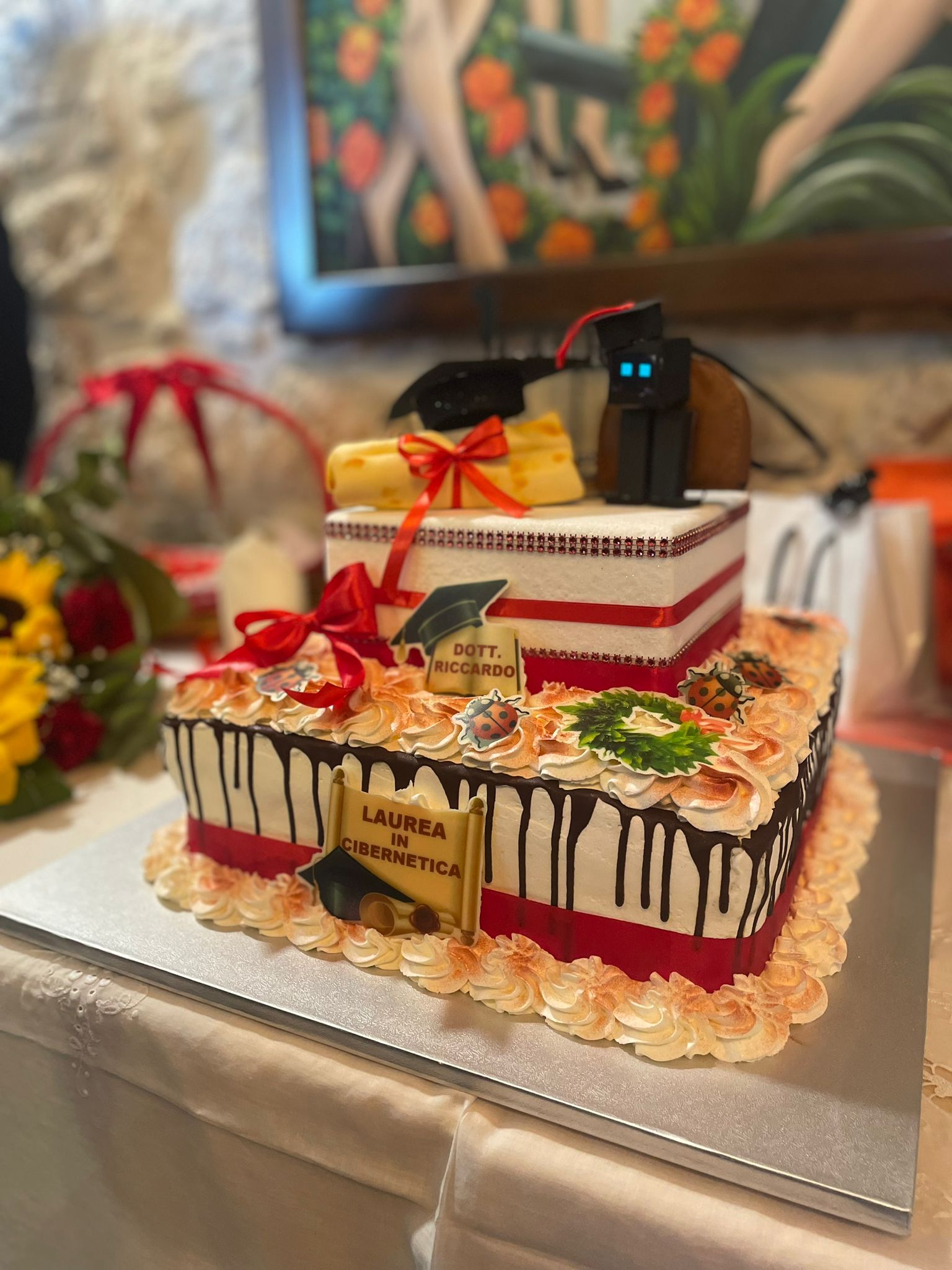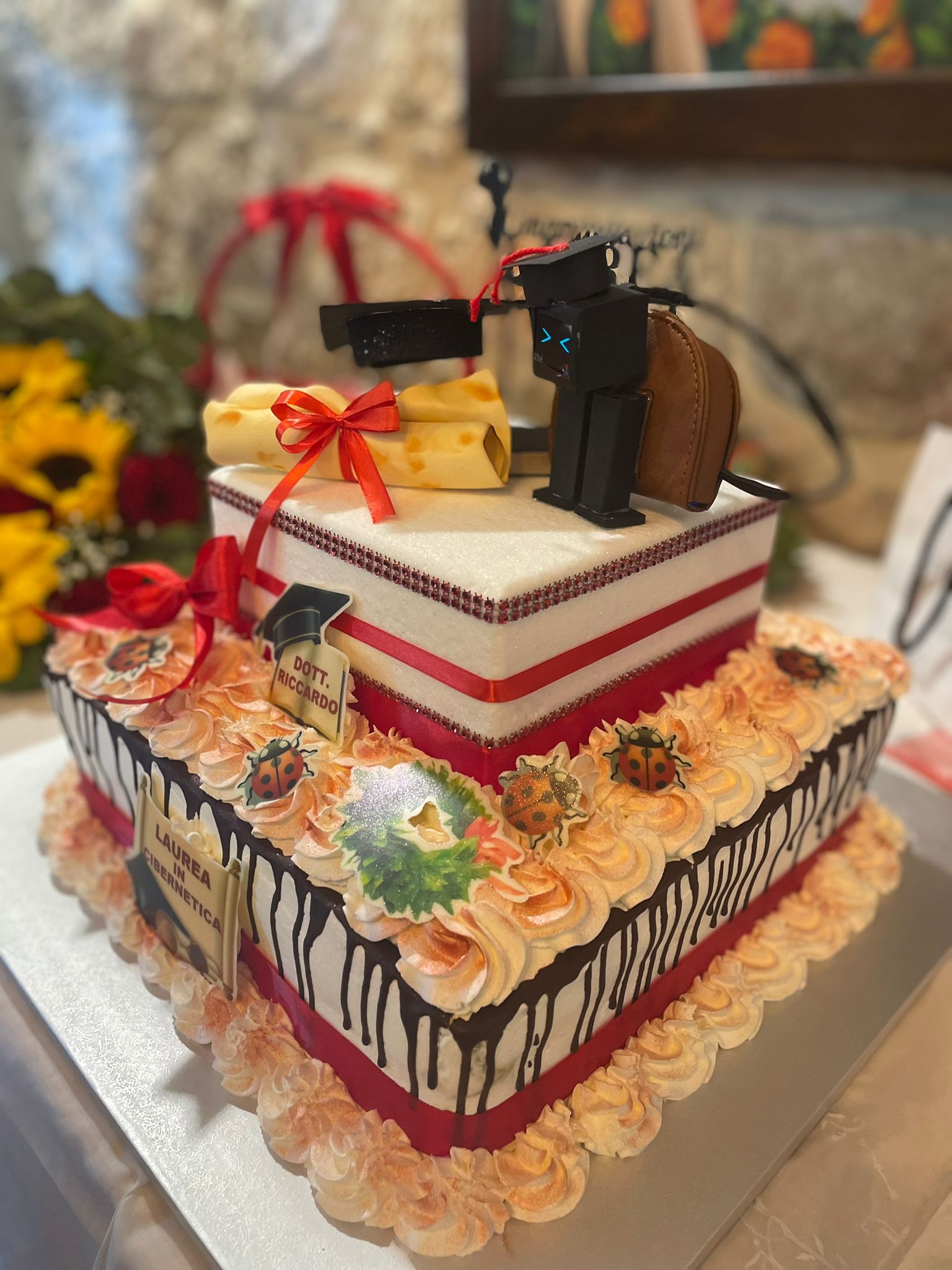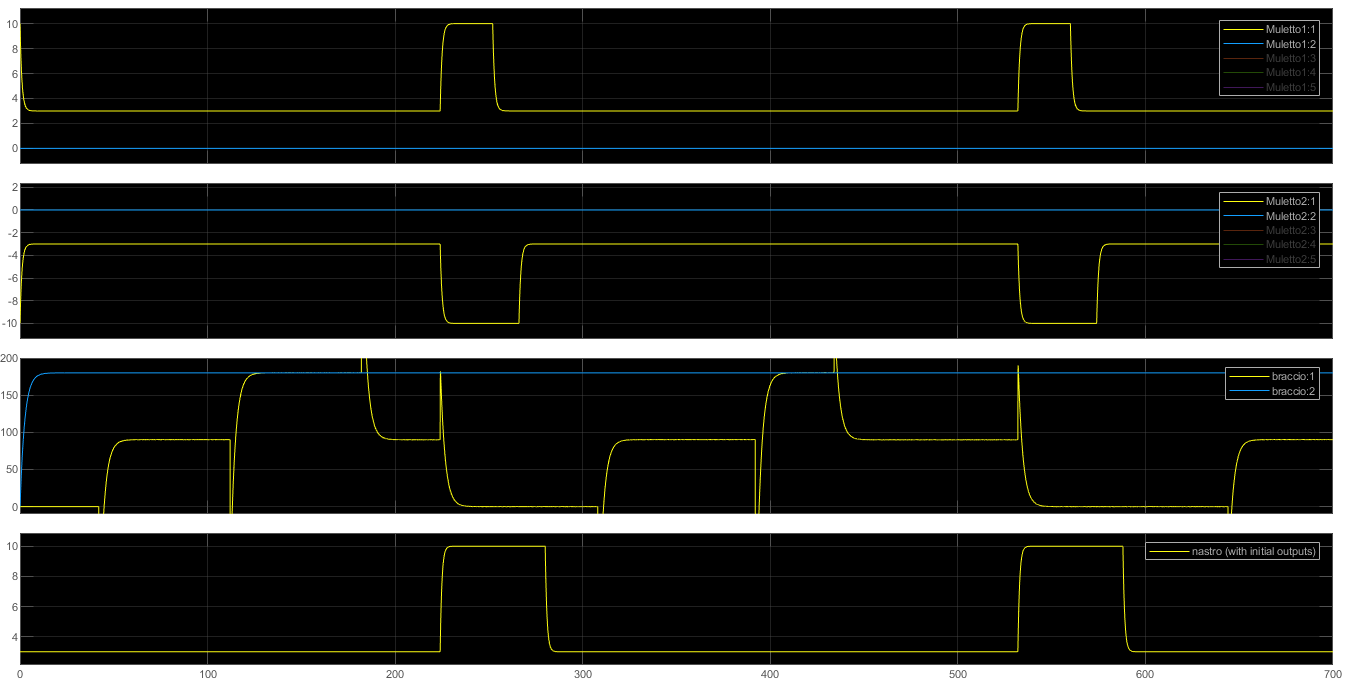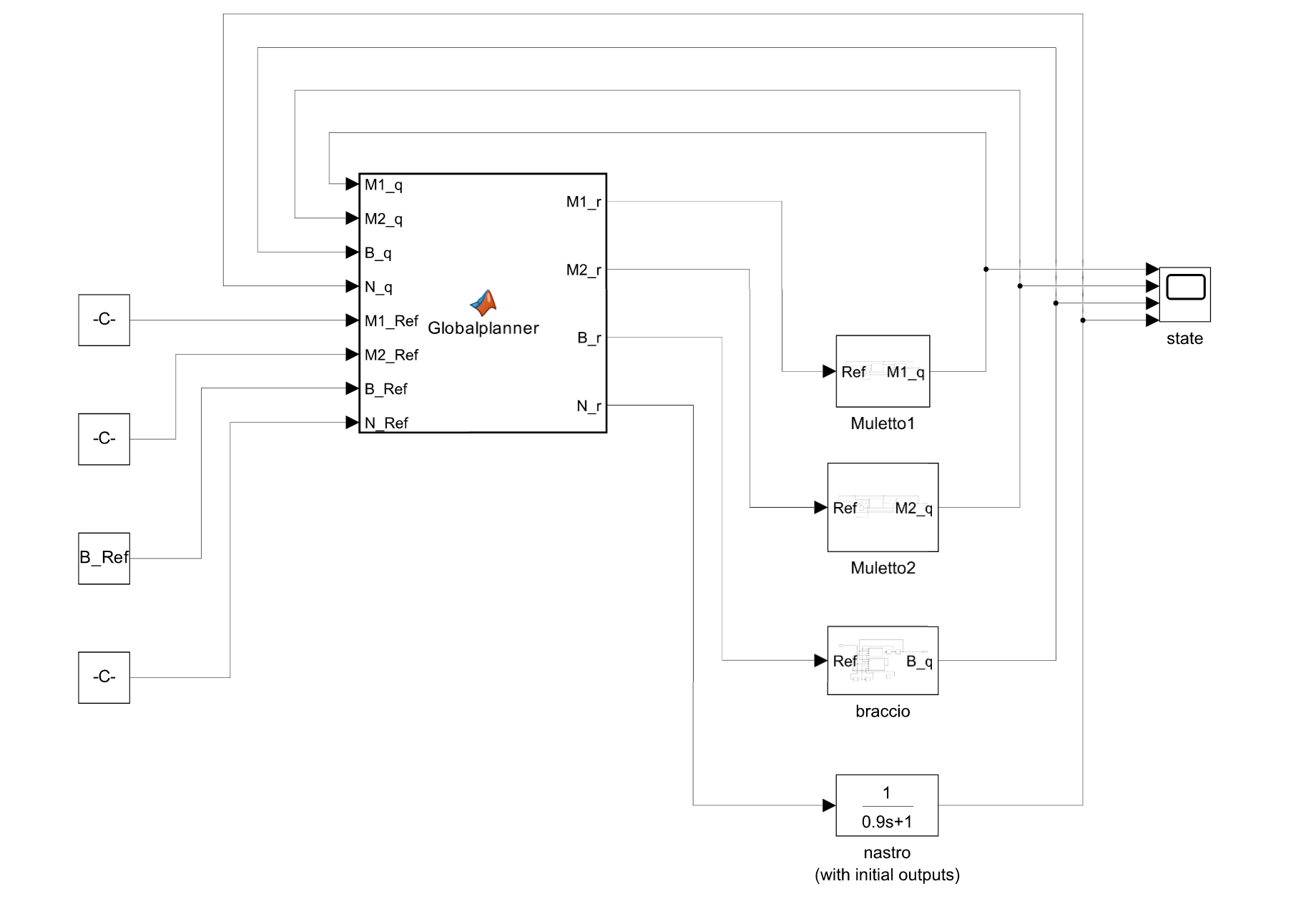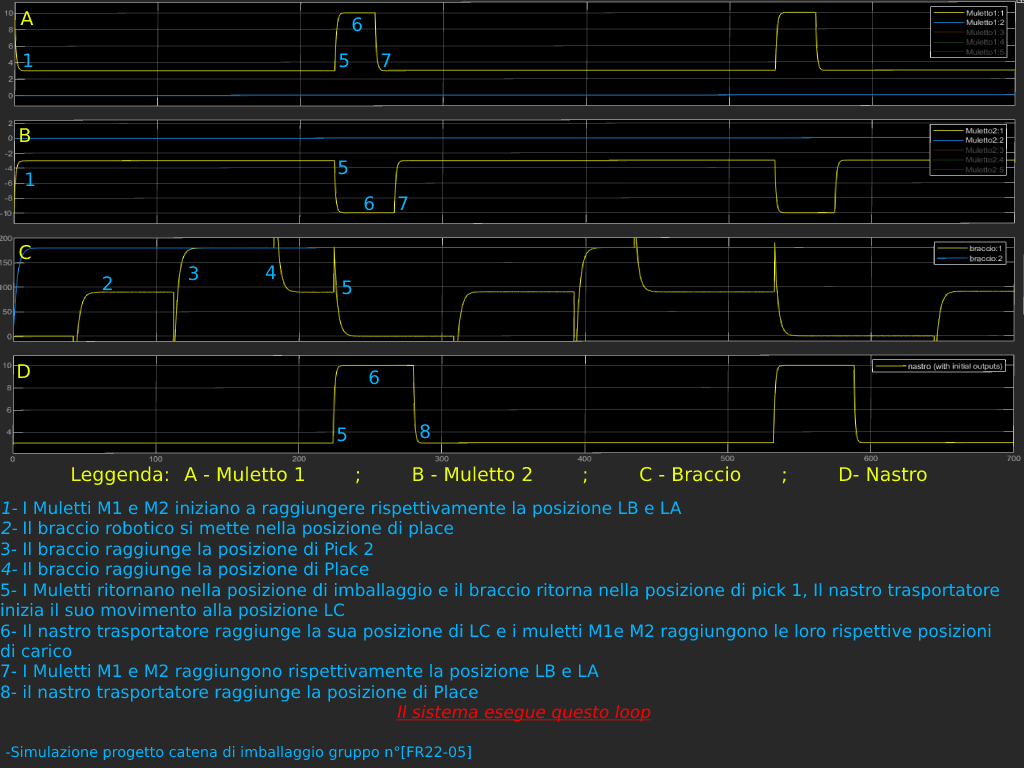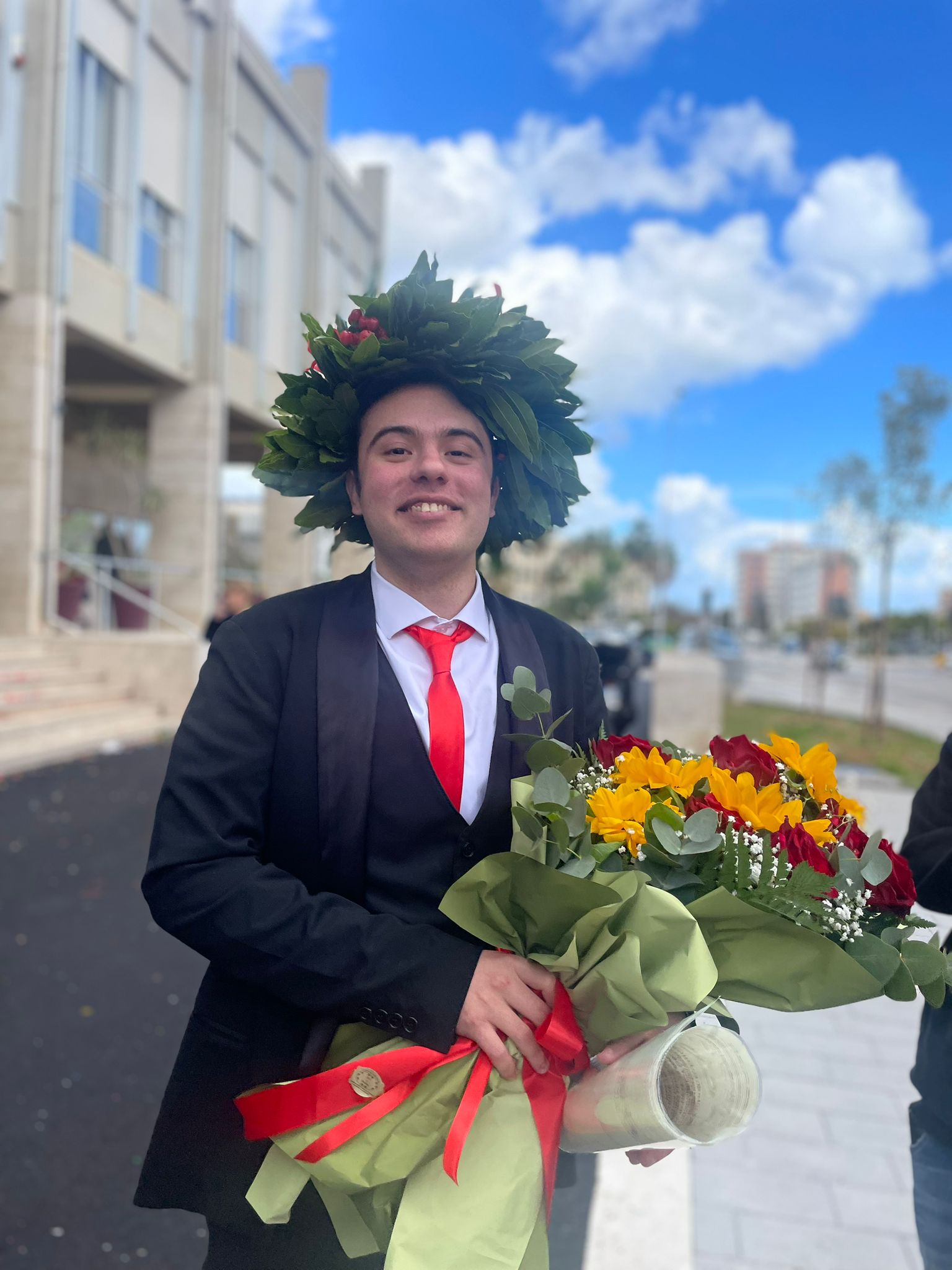
Sono un ragazzo appassionato di Informatica e di Elettronica. Mi piace comprendere il significato delle cose, ecco perchè ogni mio progetto viene costruito sempre partendo da 0, pianificando ogni mossa man mano che questo prende vita: una vera e propria partita a shogi.
Ulteriori infoI'm an IT and an Electronic enthusiast. I like to understand the meaning of things not just their working specs, that is why i build every project from the ground up, planning every move before it is taken: just like a chess match !
More InfoITやエレクトロニクスに興味のある男です。 私は物事の意味を理解するのが好きなので、 私のプロジェクトは常に 0 から構築され、あらゆる動きを計画します これが本物の将棋に生まれ変わります!
詳細情報- Livello di Istruzione
-
Diploma Istituto Tecnico Settore Tecnologico
ITI V.E. III, via Duca della Verdura (PA)
Data: 25/03/2021
-
Laurea Triennale Ingengeria Cibernetica
Università degli Studi di Palermo, viale delle scienze (PA)
Data: 13/03/2024
- Education level
-
Technical Institute Diploma in the Technological Sector
ITI V.E. III, via Duca della Verdura (PA)
Date: 25/03/2021
-
Bachelor's Degree in Cybernetic Engineering
Università degli Studi di Palermo, viale delle scienze (PA)
Date: 13/03/2024
- 教育レベル
-
技術部門の技術研究所卒業証書
ITI V.E. III, via Duca della Verdura (PA)
日付: 25/03/2021
-
サイバネティック工学の学士号
Università degli Studi di Palermo, viale delle scienze (PA)
日付: 13/03/2024
- Esperienza Lavorativa
-
Level 7 s.r.l
Apprendistato
, via Largo Montalto 5 (PA)
Periodo: 2019/20
-
Level 7 s.r.l
Dipendente e collaboratore,
Cascina (PI), smart working
Periodo: 2021/2024
- Work Experience
-
Level 7 s.r.l
Apprentice
, via Largo Montalto 5 (PA)
Period: 2019/20
-
Level 7 s.r.l
Employee and Collaborator,
Cascina (PI), smart working
Period: 2021/2024
- 実務経験
-
Level 7 s.r.l
見習い
, via Largo Montalto 5 (PA)
期間: 2019/20
-
Level 7 s.r.l
従業員と協力者,
Cascina (PI), スマートな働き方
期間: 2021/2024

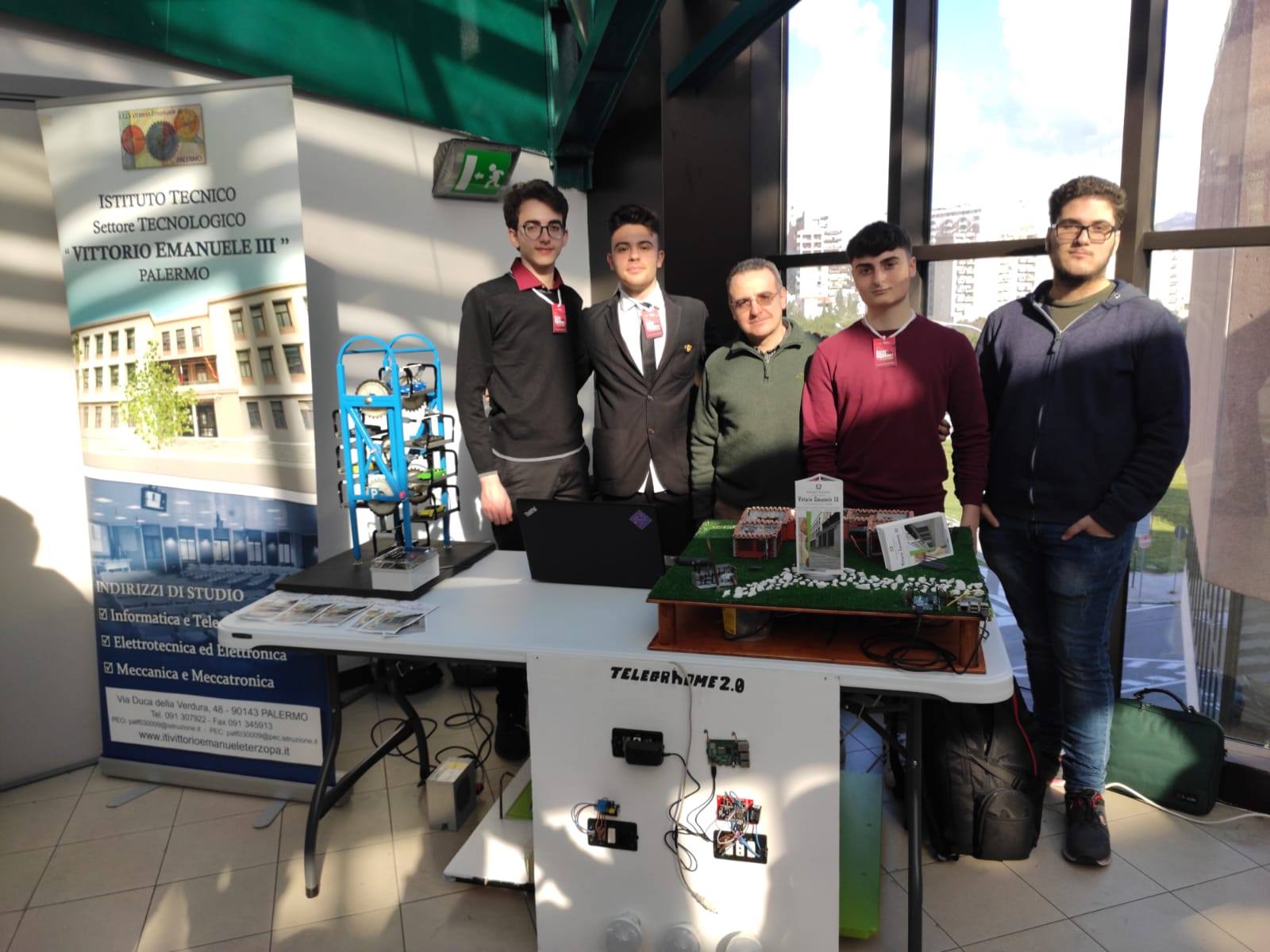
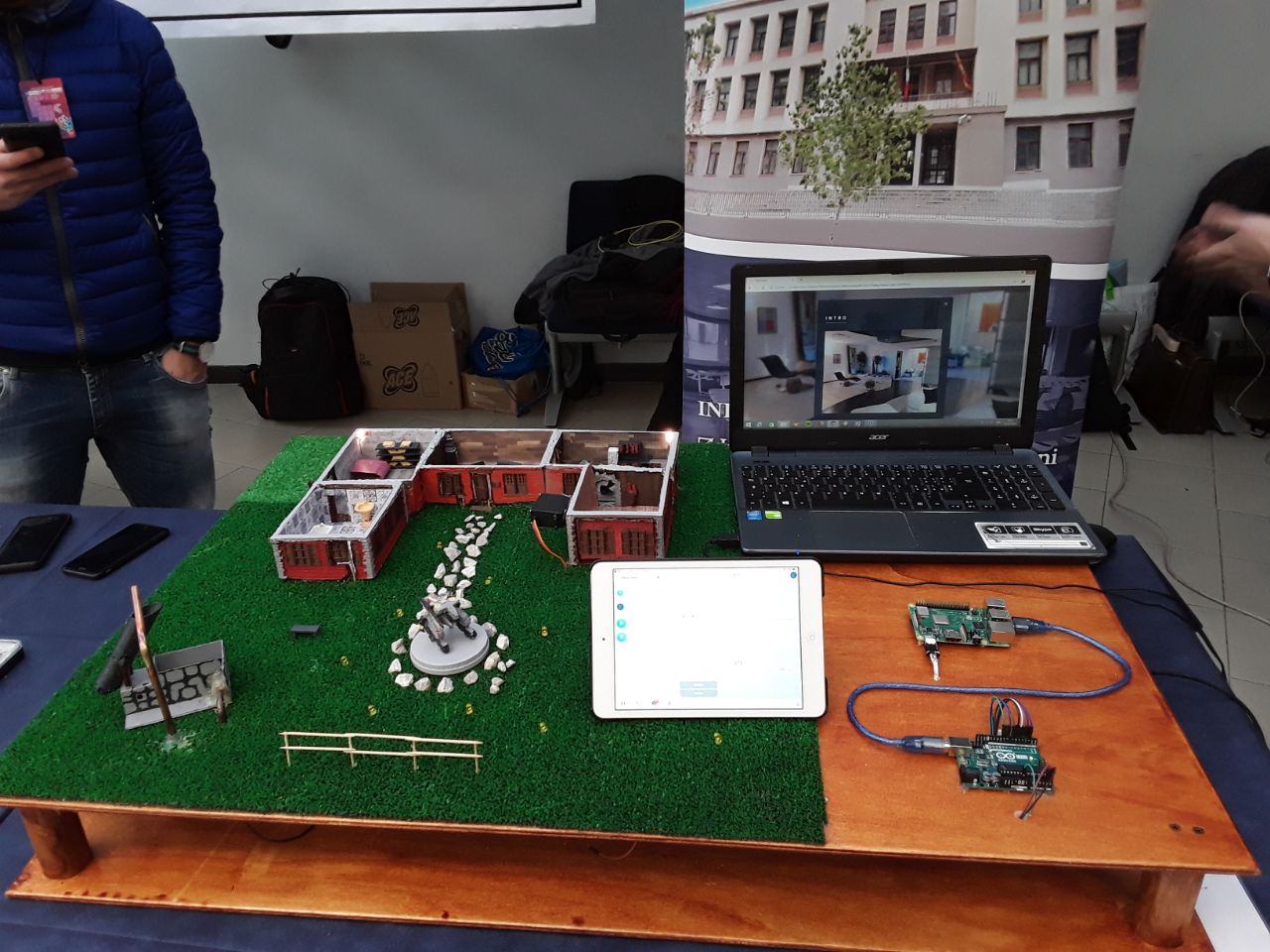
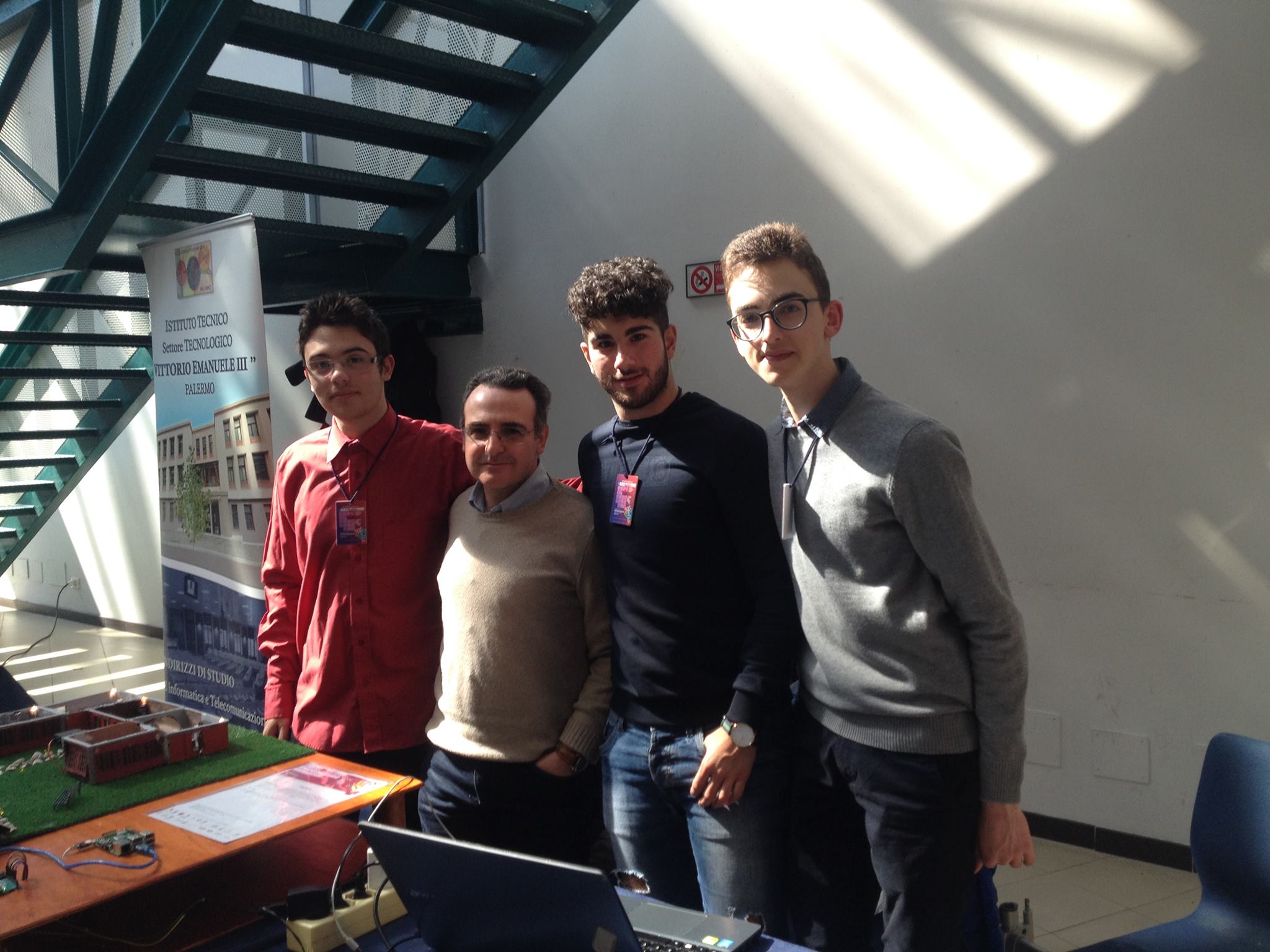
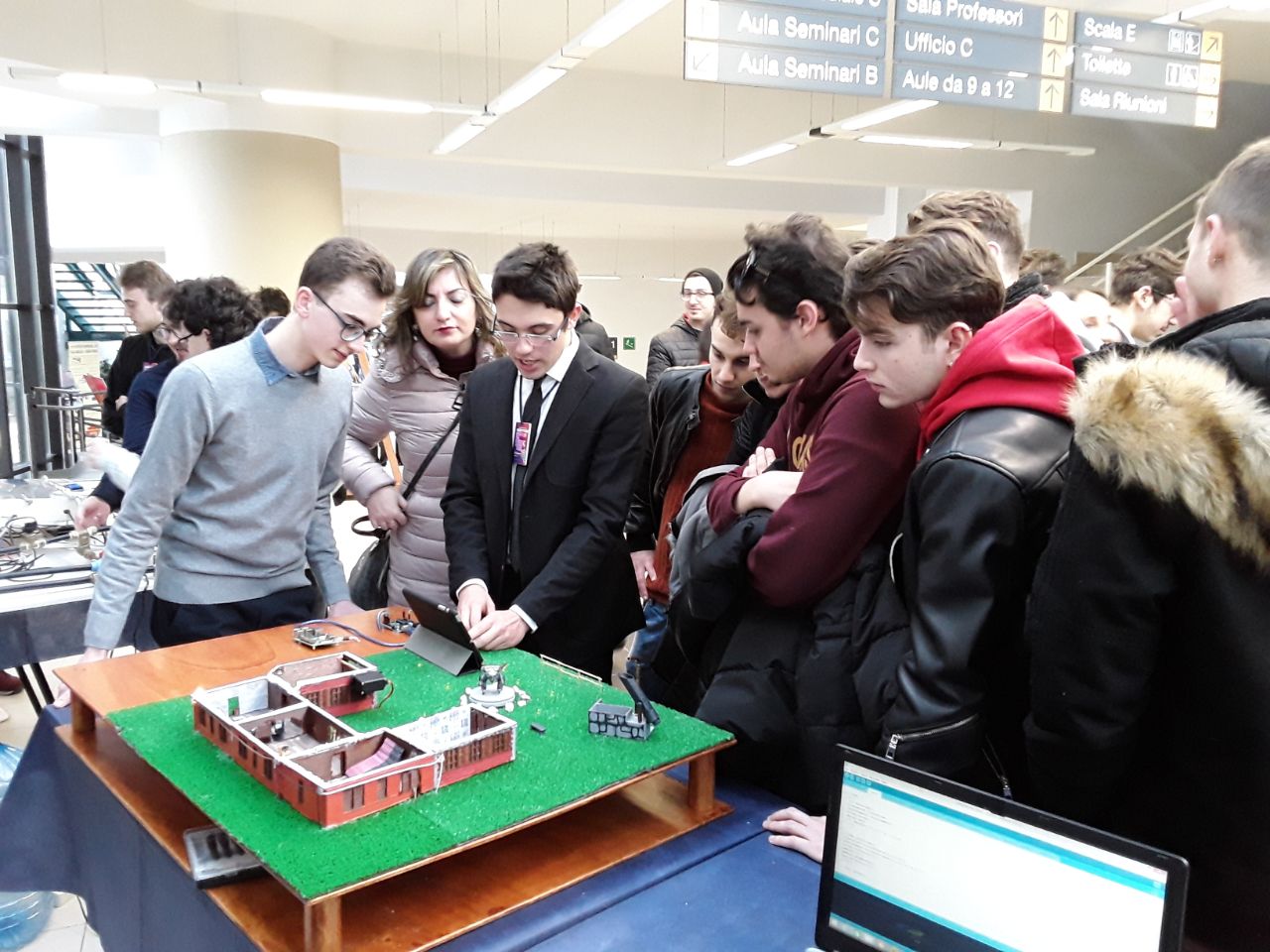
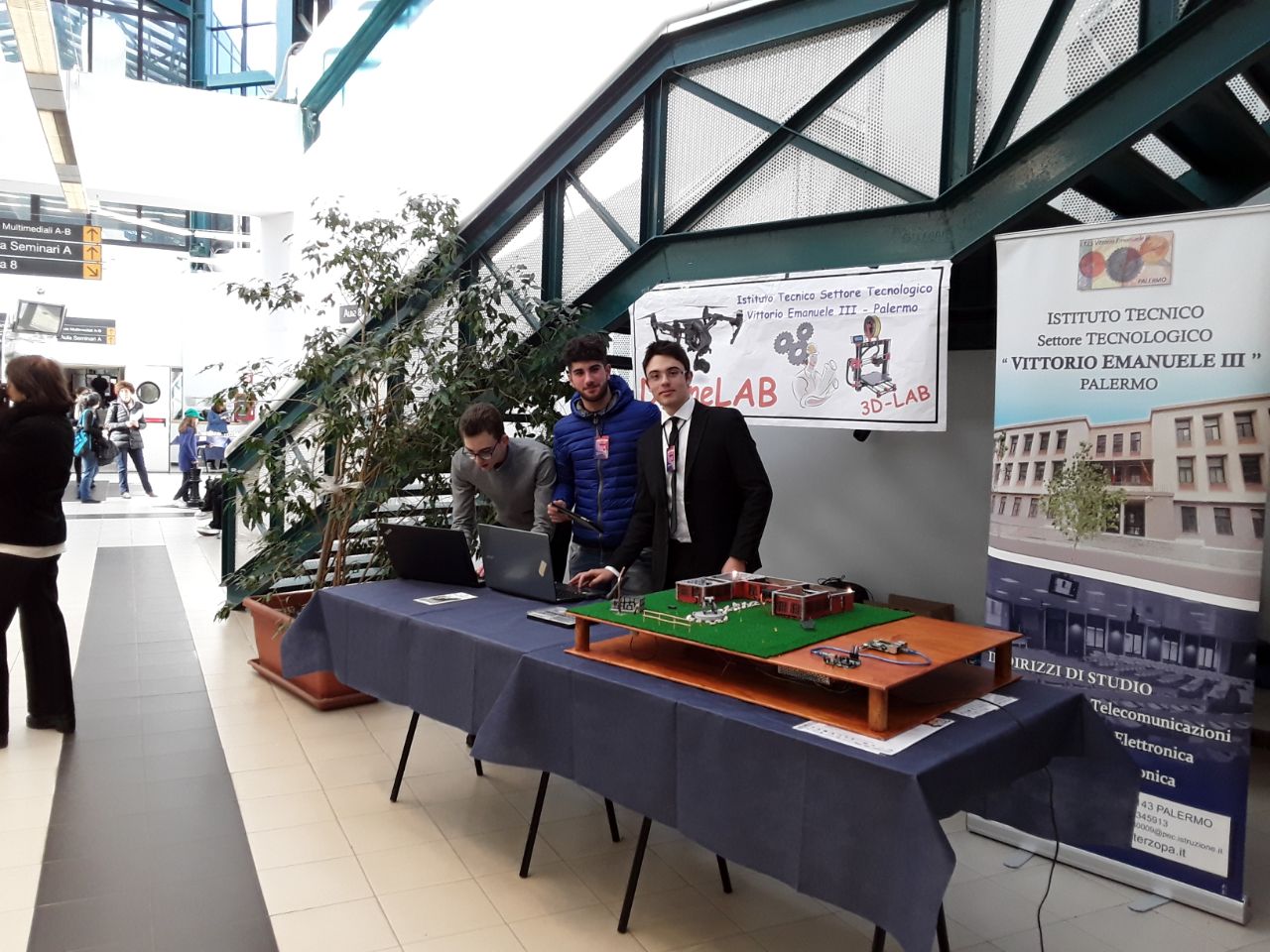
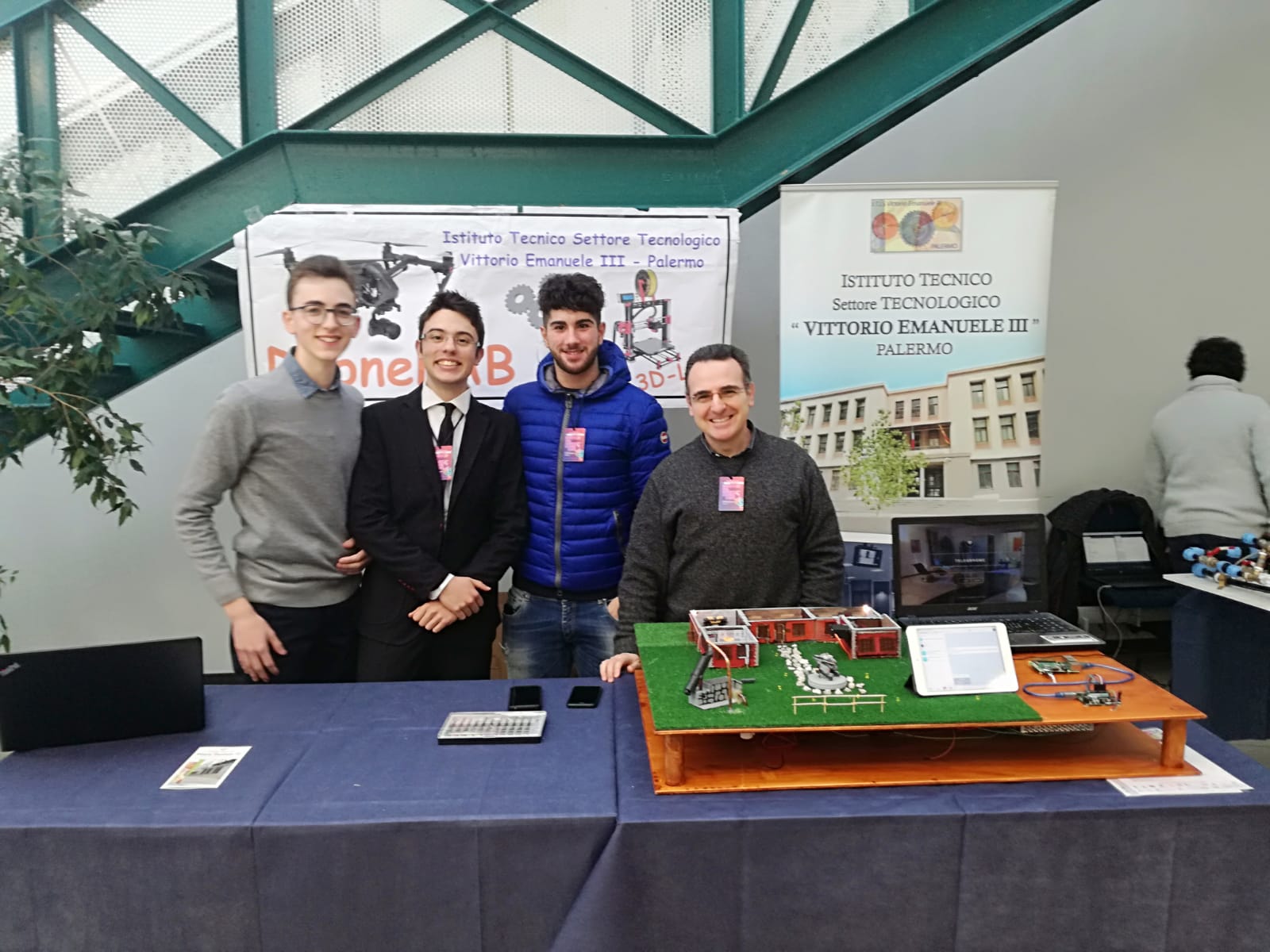









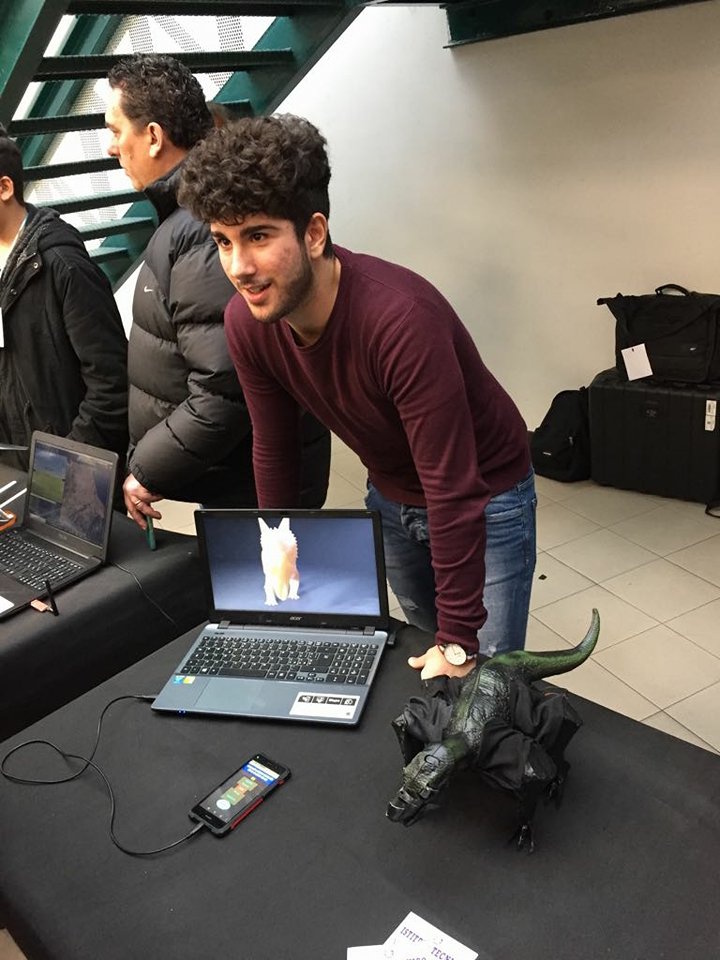
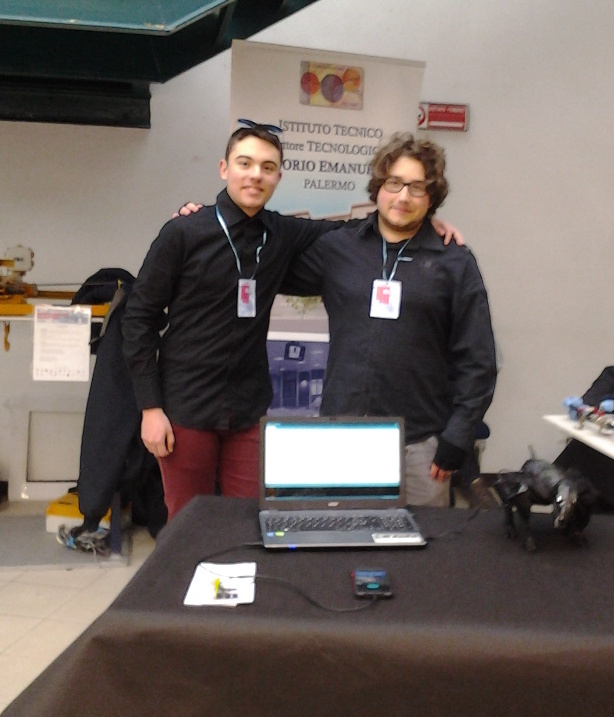
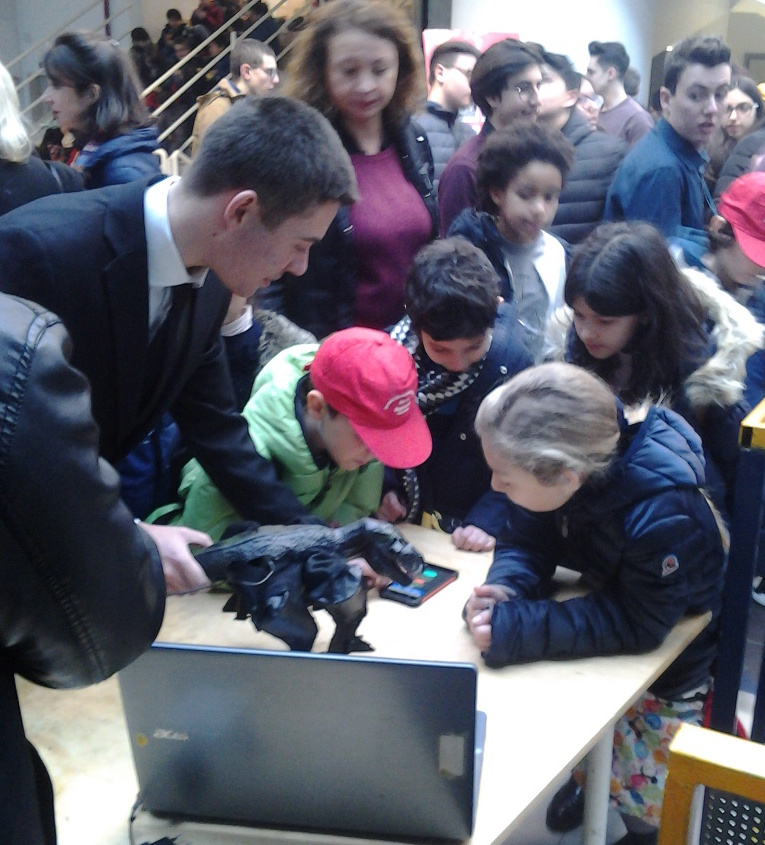
.png)

